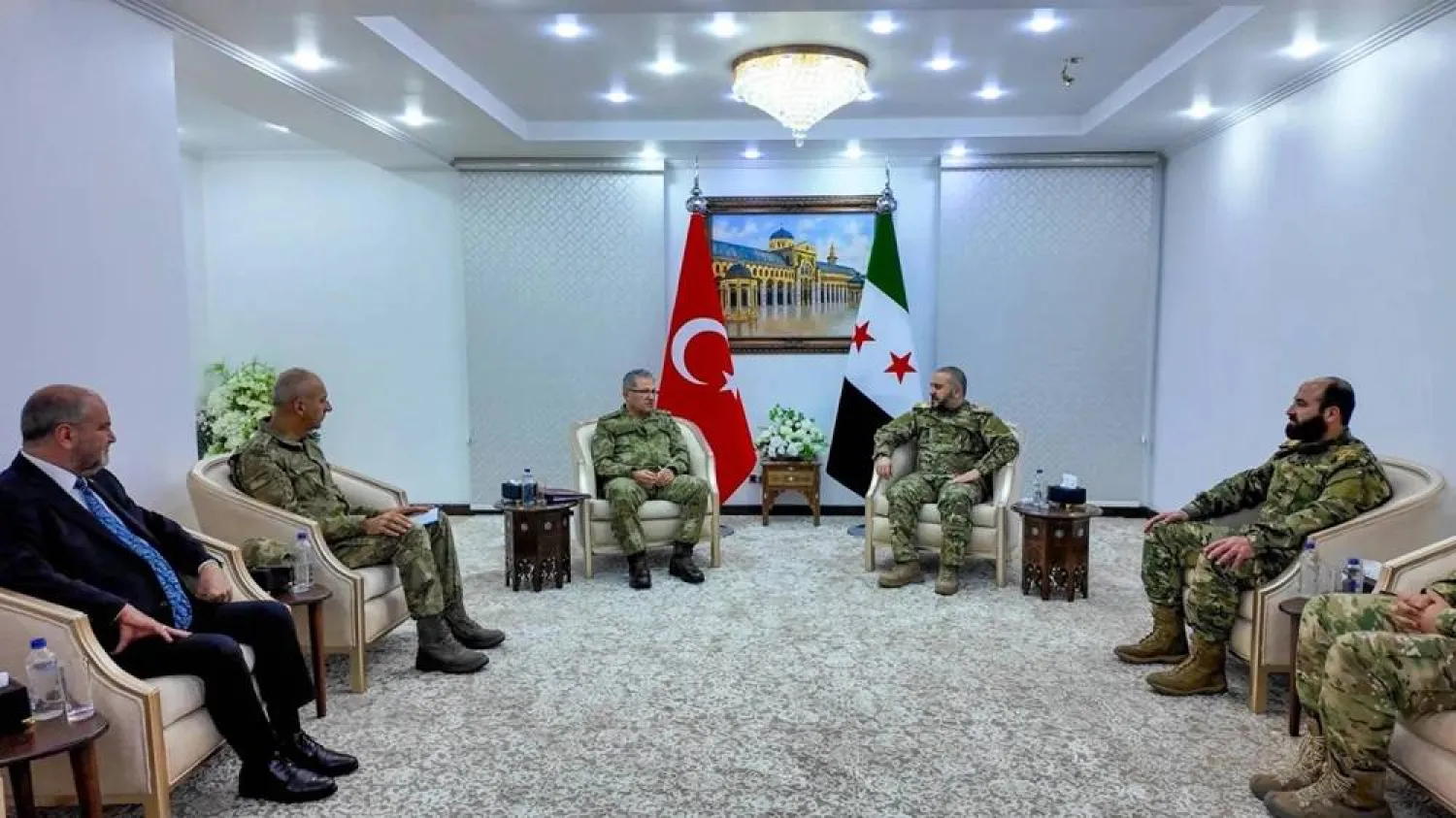The ISIS group carried out 15 attacks in Syria’s desert (Badia) in January, killing 21 regime soldiers and members of proxy militias, including 12 Iranian-backed Syrian and non-Syrian militants, the Syrian Observatory for Human Rights revealed on Thursday.
It said one ISIS member was killed in those attacks.
“ISIS continues its attacks in different areas controlled by the Syrian regime and its allies in the Syrian desert in Homs, Deir Ezzor and Al-Raqqa,” the Britain-based group said on its website.
On January 4, the Observatory said two Afghan members of Iran’s Revolutionary Guards Corps (IRGC) were killed by a landmine planted in a house near a shopping center designated for Iran-backed militias in the Al-Jamaiah neighborhood, west of Palmyra.
The next day, two regime-backed National Defense Forces (NDF) members were severely injured by a landmine war remnant planted by ISIS near the Al-Rasafa area in the southwestern Raqqa desert. The regime members were carrying out combing operations in the desert.
On January 7, a regime soldier was killed and at least four others sustained injuries in a surprise attack by ISIS cells in the Juaydeen area in Al-Tabaqah desert in western Raqqa. The terrorist group had taken advantage of the foggy conditions to carry out the operation.
Two days later, ISIS fighters opened machine-gun fire at a regime military outpost near Al-Jalaa town in the eastern countryside of Deir Ezzor. The ensuing clashes left one ISIS member dead, while the others fled the scene.
That same day, a Syrian member of local Iran-backed militias was killed in an attack by ISIS cells on the militias’ military headquarters in Palmyra city in the eastern Homs countryside.
Also, ISIS cells attacked regime positions in Al-Masrib desert in western Deir Ezzor countryside, killing several regime forces.
On January 12, a regime captain died of the injury he has sustained in the explosion of a landmine in a military vehicle in the Al-Tanf area in the 55 km de-confliction zone, near the Syria-Jordan-Iraq border.
Three days later, a regime soldier was killed in an ISIS attack on regime positions in Al-Sokhna desert in the Homs countryside.
On January 16, another regime soldier was killed in an attack, by unknown parties believed to be linked to ISIS, on a regime military post near the Al-Madhoul road in the Al-Kharitah desert in western Deir Ezzor.
The next day, four regime soldiers were injured by an improvised explosive device that was planted by ISIS cells on the road to the Al-Thawra oil field in Al-Tabaqah desert, west of Raqqa.









